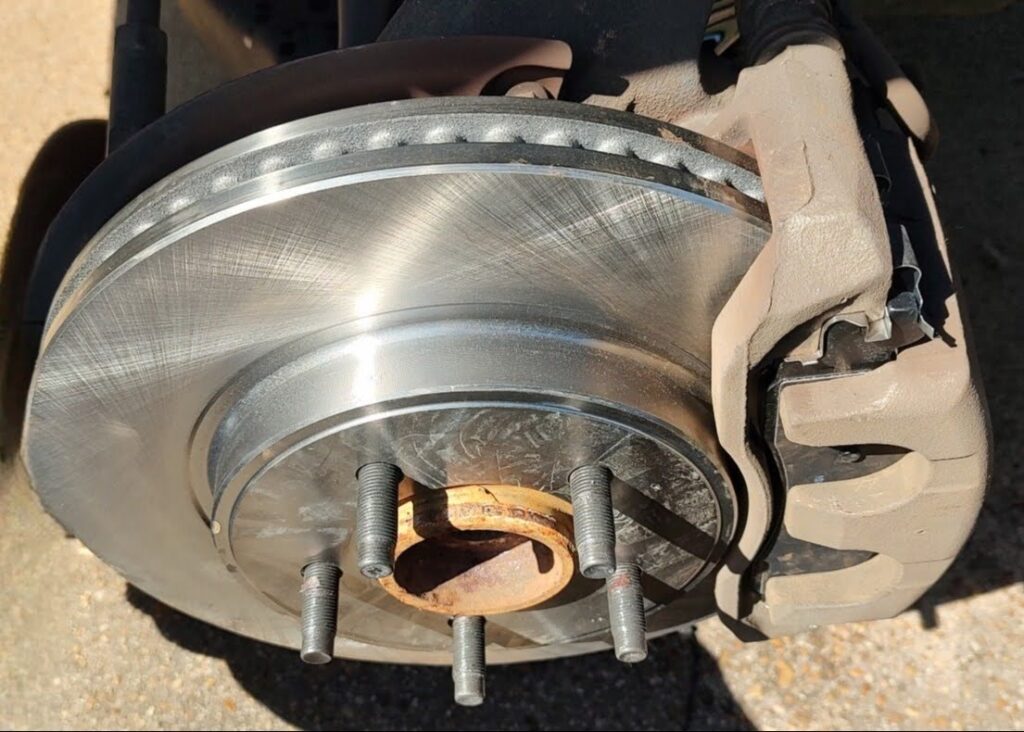
Brake rotors, are round, circular discs mounted by way of the lug studs and are sandwiched between the hub and the wheel of a vehicle, and have a two-sided friction surface for the brake pads, which pinch the rotor when the brakes are applied, using friction to stop the hub and, by extension, the wheel.
What Brake Rotor Types Are There?
Though the standard run-of-the-mill car rotors are smooth and blank, there are different types of rotors, each with unique traits and functionality.
Drilled Rotors
Unlike normal car rotors, drilled rotors do not have smooth discs. Instead, the discs have holes drilled into them, allowing dirt, water, dust, and heat to dissipate easily. Holed rotors are ideal for drivers who live in wetter climates, though they don’t work well in hotter environments.
Slotted Rotors
These rotors have slots etched into the discs, helping them draw in more air between the pad and the rotor surface. This improves cooling and heat dispersion, making them an excellent choice for vehicles that need more stopping power when towing or hauling.

Drilled and Slotted Rotors
Drilled and slotted rotors possess both drilled holes and etched slots. These car rotors have the least durability but also provide the most benefits, making them ideal for performance vehicles such as sports cars. They’re excellent at dissipating heat and improving braking ability – necessities on the race track.
How Do Brake Rotors Work?
Car rotors play an important role in the braking process. When the brake pedal is pressed, the brake pads clamp down on the rotor, creating friction and slowing the rotation of the wheels. The friction generated by the brake pads and the rotor converts kinetic energy into heat, which is then dissipated by the rotor.
Any information provided on this Website is for informational purposes only and is not intended to replace consultation with a professional mechanic. The accuracy and timeliness of the information may change from the time of publication.
































